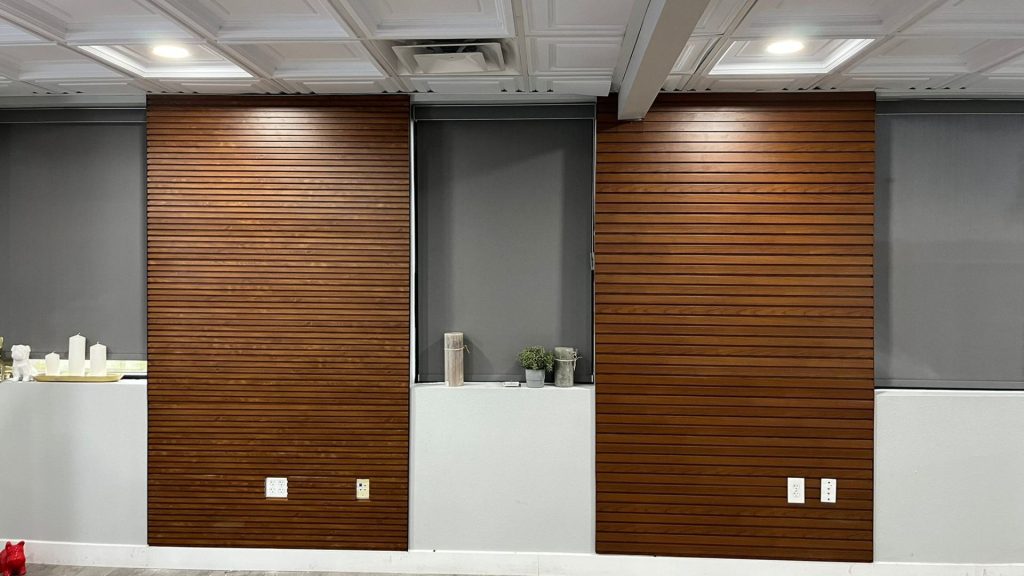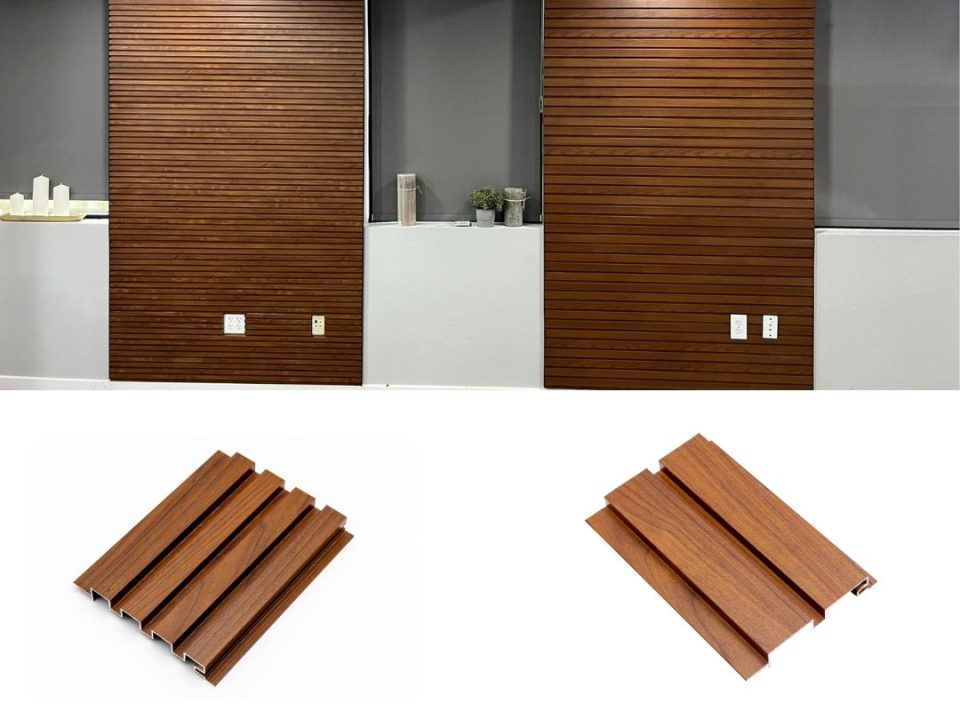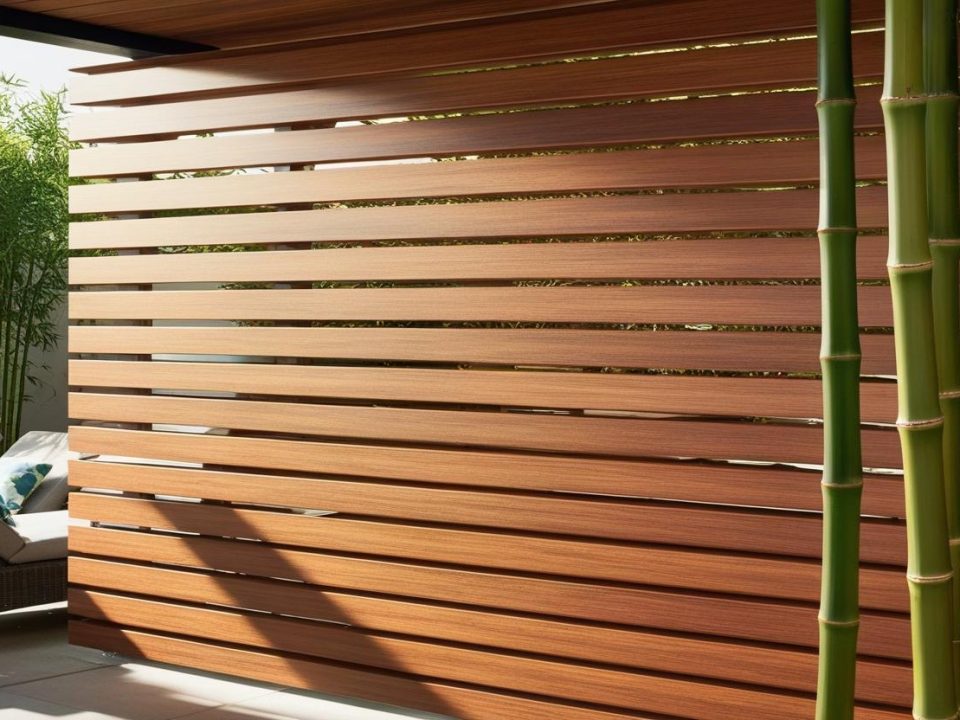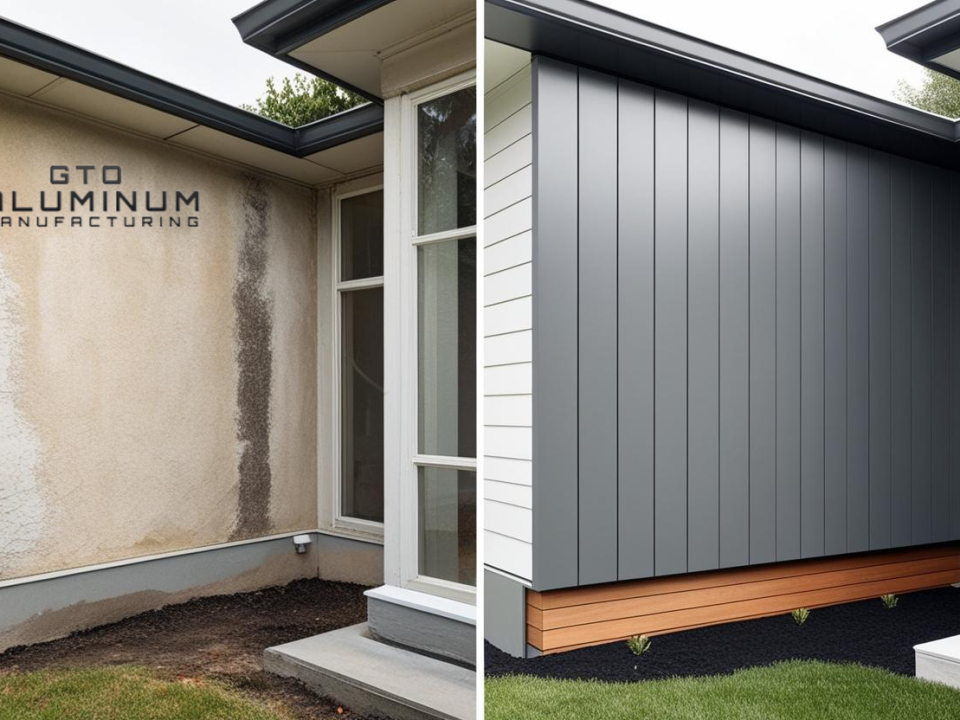
How durable is aluminum cladding?

What are the best exterior cladding materials?

Are you considering aluminum cladding for your building project? Are you wondering about the cost of aluminum cladding?
The sleek and modern look of this material has made it a popular choice among architects, designers, and homeowners alike.
But before diving into the world of aluminum cladding, you may be wondering: is it expensive?
In this blog post, we will explore the cost factors associated with aluminum cladding and whether it is worth the investment.
So grab a cup of coffee and let’s dive in!
The Cost of Aluminum Cladding
Aluminum cladding is a popular choice for both residential and commercial buildings due to its durability and sleek appearance.
However, one common concern that arises when considering aluminum cladding is the cost. So, how expensive is aluminum cladding?
The cost of aluminum cladding can vary depending on several factors. The size of the project plays a significant role in determining the overall cost.
Larger projects will naturally require more materials and labor, resulting in higher expenses.
Another factor that affects the cost is the type of aluminum cladding chosen. There are various options available on the market, ranging from basic panels to high-end custom designs.
Different regions have different labor costs and material availability which can influence prices accordingly.
It’s important to note that while aluminum cladding may initially seem pricey compared to other exterior finishes like vinyl or wood siding, it offers long-term benefits such as minimal maintenance requirements and superior longevity.
While multiple factors affect the cost of aluminum cladding, it remains an investment worth considering for those seeking a durable and aesthetically pleasing option for their building exteriors.
4 Factors that Affect the Cost of Aluminum Cladding
When it comes to aluminum cladding, the cost can vary depending on several factors.
These factors play a significant role in determining the overall price you will pay for your cladding project.
1. Building Size & Shape: Larger buildings or those with complex designs may require more materials and labor, thus increasing the cost. Similarly, if your building has multiple levels or hard-to-reach areas, additional equipment and manpower may be needed, which can impact the final price.
2. Cladding Type & Quality: The type and quality of aluminum cladding you choose also affect its cost. Higher-quality materials tend to be more expensive but offer better durability and aesthetic appeal.
3. Installation Complexity: Installation complexity is another factor that affects pricing. If your building requires extensive preparatory work or if there are obstacles such as architectural features or existing structures that need to be worked around during installation, this could increase both time and costs.
4. Market Conditions: Market conditions also play a role in determining aluminum cladding prices. Fluctuations in material availability, transportation costs, and demand for services within the industry can all influence pricing.
To get an accurate estimate for your specific project requirements – whether it’s commercial or residential – consulting with experienced contractors who specialize in installing aluminum cladding would be highly beneficial.
Pros and Cons of Using Aluminum Cladding
Aluminum cladding offers several advantages when it comes to building exteriors. One of the main benefits is its durability. Aluminum is known for its strength and resistance to corrosion, making it a long-lasting option for cladding materials. This means that once installed, you can expect your aluminum cladding to withstand the test of time.
Another advantage is the versatility of aluminum. It can be easily shaped and formed into various designs, allowing for endless possibilities in terms of aesthetics. Whether you prefer a sleek modern look or a more traditional style, aluminum cladding can be customized to suit your preferences.
Aluminum is lightweight compared to other materials such as brick or concrete. This makes it easier and more cost-effective to transport and install on-site. Its lightness does not compromise its strength, ensuring a secure exterior for your building.
However, like any building material, there are also some drawbacks associated with using aluminum cladding. One concern is that it may dent or scratch more easily than other options such as steel or stone. While this may not affect the overall functionality of the cladding, it could impact the appearance over time.
Maintenance can also be an issue with aluminum cladding. Although it is resistant to corrosion, regular cleaning and upkeep are necessary to keep it looking its best. Additionally, if any repairs are needed due to damage or wear and tear, they might require specialized skills or equipment.
Considering all these aspects together – durability, versatility, lightweight nature, and ease of maintenance – aluminum cladding remains an attractive option for many builders.
Its ability to protect while enhancing visual appeal makes it worth considering when designing the exterior finishes of a construction project.
The pros peremptorily outweigh the potential cons, and with proper care and maintenance, the longevity and aesthetic benefits can be realized for years to come.
Is it Worth the Investment?
When considering whether aluminum cladding is worth the investment, it’s important to weigh the benefits against the costs. On the one hand, aluminum cladding offers numerous advantages that make it an attractive option for many homeowners and businesses. Aluminum cladding is highly durable and long-lasting, with a life span of up to 50 years or more. This means that once installed, you won’t have to worry about replacing or repairing it anytime soon.
Aluminum cladding requires minimal maintenance compared to other materials such as wood or vinyl. It is resistant to rotting, warping, and insect damage, making it a low-maintenance choice for those who want to save time and effort on upkeep.
In addition to its durability and low maintenance requirements, aluminum cladding also provides excellent thermal insulation properties. It helps regulate indoor temperature by preventing heat transfer through walls, reducing energy consumption, and saving you money on heating and cooling bills in the long run.
Furthermore, aluminum cladding offers design versatility with a wide range of colors and finishes available. Whether you prefer a sleek modern look or a traditional aesthetic, there are options to suit any style preference.
Conclusion
Considering all the factors discussed, clearly aluminum cladding can be a cost-effective choice for both residential and commercial projects. While it may have a higher upfront cost compared to other materials, its durability, low maintenance requirements, and energy-efficient properties make it a wise long-term investment.
While aluminum cladding may involve some initial investment costs upfront when compared to other materials on the market today – its durability and low-maintenance features make up for this expense over time!
So don’t let the price deter you from considering this reliable solution! Get your quote today.





